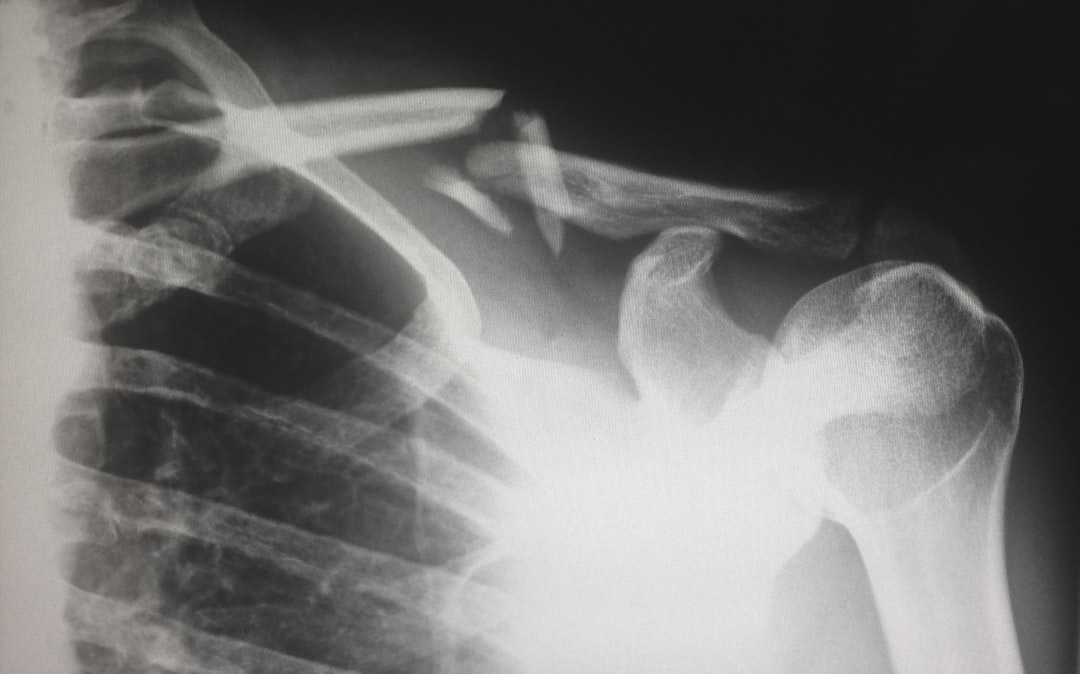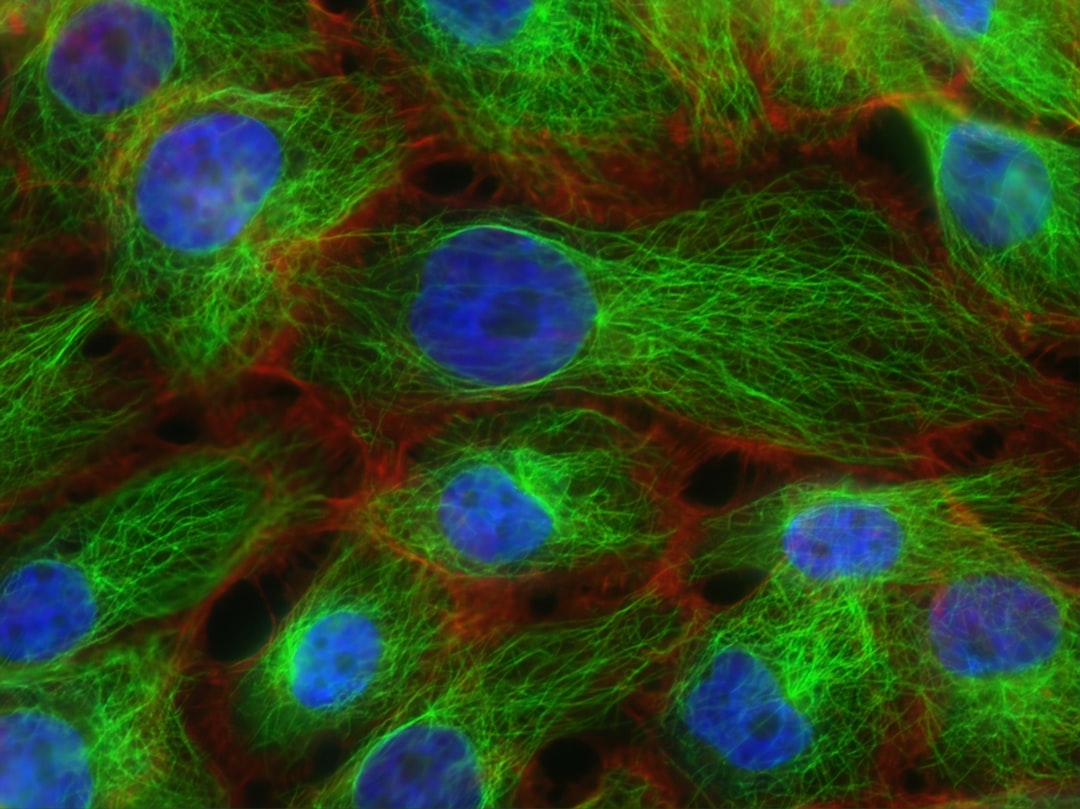What is it about?
Silicon is not a good thermoelectric material by itself due to its high thermal conductivity. Nanocrystalline silicon shows a much lower thermal conductivity but also a lower electrical conductivity. We show that when depleted by hydrogen, nanocrystalline silicon heavily doped with boron reports a high electrical conductivity along with a good Seebeck coefficient due to energy filtering of carriers. This leads to a remarkably large power factor that, along with the expected low thermal conductivity, makes nanocrystalline silicon a very interesting competitor of Bi2Te3 for room temperature applications.
Featured Image

Photo by Laura Ockel on Unsplash
Why is it important?
Use of silicon for thermoelectric heat harvesting/cooling impacts thermoelectric technology as silicon is non-toxic and largely geo-abundant; and it is easiliy integrated in planar microelectronic devices. We foresee important applications for microcooling (heat dissipation from ICs) and microharvesting (supplying power for IoT).
Perspectives
This paper shows again how an integrated approach to thermoelectrics, encompassing chemistry, physics and engineer, may result in exciting discoveries, relevant to basic science and applications as well.
Dario Narducci
Universita degli Studi di Milano-Bicocca
Read the Original
This page is a summary of: Exceptional thermoelectric power factors in hyperdoped, fully dehydrogenated nanocrystalline silicon thin films, Applied Physics Letters, December 2021, American Institute of Physics,
DOI: 10.1063/5.0076547.
You can read the full text:
Contributors
The following have contributed to this page










